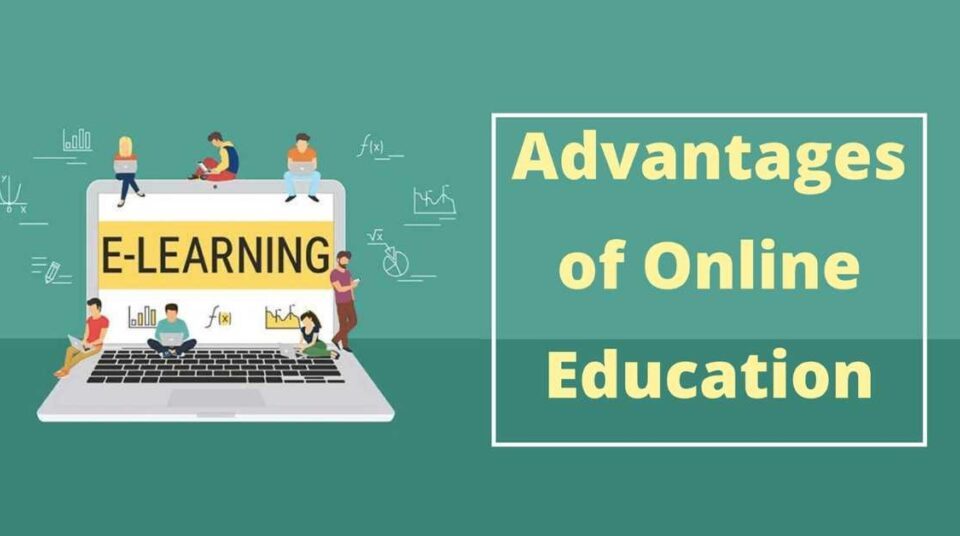What is Sticky Learning?

Common Myths about Online Education
February 23, 2021
Drag and Drop Storyline Template
February 1, 2022What exactly is Sticky Learning?
Have you ever had a random thought about an experience and just smiled because you knew what it meant to you? Have you ever thought about a joke that applied to a real-life scenario and smiled quietly at yourself? Those were sticky experiences! I know some of those random thoughts were gross as well… 😊 ok I’m done with the jokes. The most important thing is that those experiences stuck.
Many organisations cannot afford for their employees to forget the knowledge gotten from training resources so the question ‘how can I get my employees to retain all this information?’, like an old joke, comes to mind. The answer is, make it STICKY.
What does sticky learning mean?
Sticky learning refers to creating memorable learning experiences that learners remember even after a training session is over. Creating learning that sticks means activating the brain for long-term retention.
Institutions and organisations alike agree that ‘stickiness’ is something we all want to achieve. Why? Because sticky learning means learners will:
- Remember what they’ve learned; they created neural pathway connections that they’ll be able to revisit later. Learning will have a lasting impact.
- Recognize value in the learning experience; they made an emotional connection with the topic and recognize how the training’s value proposition applies to their work performance.
- ‘Get it’; they practiced what they learned, and will begin using their new skills and knowledge on the job right away.
How do I design sticky learning?
Here are a few tips I and the team at Alula learning use.
- Address motivations with pre-training: Let me explain this with a story. So we started consulting for an organisation and one of the problems was that the employees didn’t really like taking the courses until it was attached to their KPIs. I asked him to show me the eLearning courses they had been taking and wow! I as well would be unmotivated to take such a course. It wasn’t interactive and showed little engagement, it didn’t have good graphics or anything relatable aside from the content.
We got the job and I assured him we were going to solve the problem. The first thing we did was to cause a “Buzz”. This is one of my favourite tactics when addressing motivation. We created a short video addressing the course and made a relatable scenario. It was very well-received and the Head of Learning called to tell me how excited the team was for the course.
So there you have it. Previews, sneak peeks, announcements and buzz are good to address pre-training motivation.
- Keep on reinforcing: Our brains learn best by doing. According to the learning pyramid, 75% of what you learn is retained when you do them.

hierarchy of retention
Sticky learning builds in the necessary spacing, practice, and reinforcement over time, which adult learners need to build cognition while balancing business needs for effectivity and cost-benefit resources.
This is also a reason why we advise microlearning. Microlearning is a sticky learning delivery method. It can be very powerful because the content is chunked, spaced, and reinforced over time. The brain gets boosted and has a chance to recall and build upon the learnings.
- Reset the forgetting curve (post-training): Learning continues after an online course or physical classroom training.
Humans naturally forget more than 70% of what they learned within 24 hours. Transferring only the MOST IMPORTANT information and skills from short to long-term memory is one of the many ways that humans have survived. This means sticky learning needs to reset the brain’s natural forgetting curve after training, to help retain what was learned in long-term memory. You can do this with memory boosts. You can use short quizzes or cognitive ‘nudges’ that strengthen the new connections in the brain, you can also get them to transfer the learning by either teaching a junior colleague or presenting to the larger team.
What you do after training is as important as the training. This is why I always advise blended learning so they can have a feel of the training after the training.
- Utilize social learning: Now to my favourite. We learn by engaging and interacting with others and with the content we’re learning. According to a study done by Degreed, it states that 55% of employees turn to their peers when they want to learn a new skill. This is why many good Learning Management Systems offer social learning functionality, or why a good learning technologist can work with you to integrate your learning delivery platform with other social platforms your company is already using.
Knowledge bases and forums are useful online tools that organizations can use to support social learning, but you can also do it in person through internal communications, social committee events, or town-hall events.
Many organizations aren’t leveraging the power of social learning. If you have a communications team, intranet, social committee or other groups/interface, use it! Leverage that to support your courses and give learners an opportunity to engage, discuss, and share their insights (and even their dislikes) of a course.
There you have it. If you want to learn more about designing sticky learning, kindly send an email to [email protected] or send me a personal mail to [email protected] to discuss how I can make your learning stickier!





2 Comments
Great read and impactful!
Great job,very insightful. Keep it up,Chibuikem. You will excel